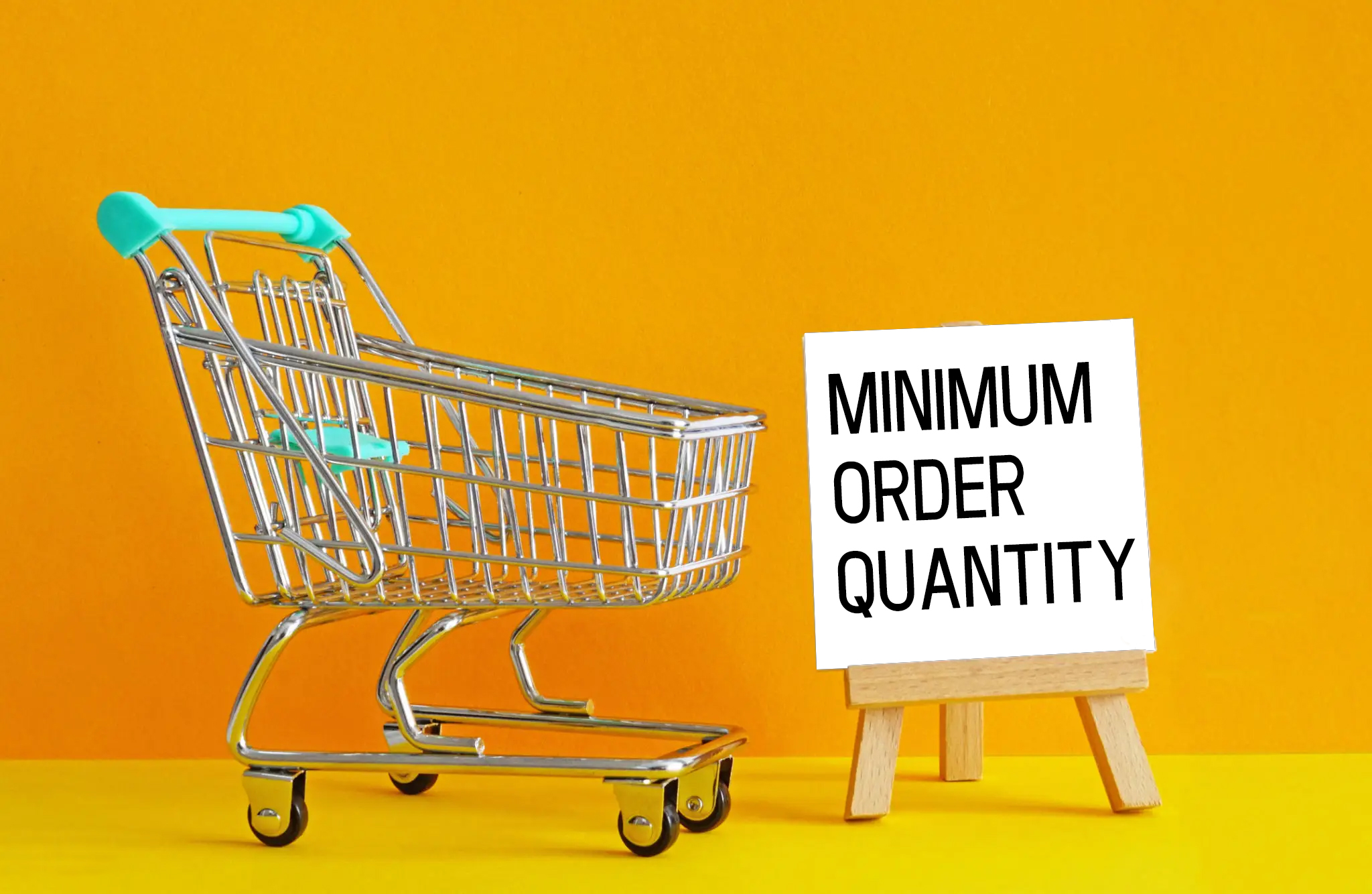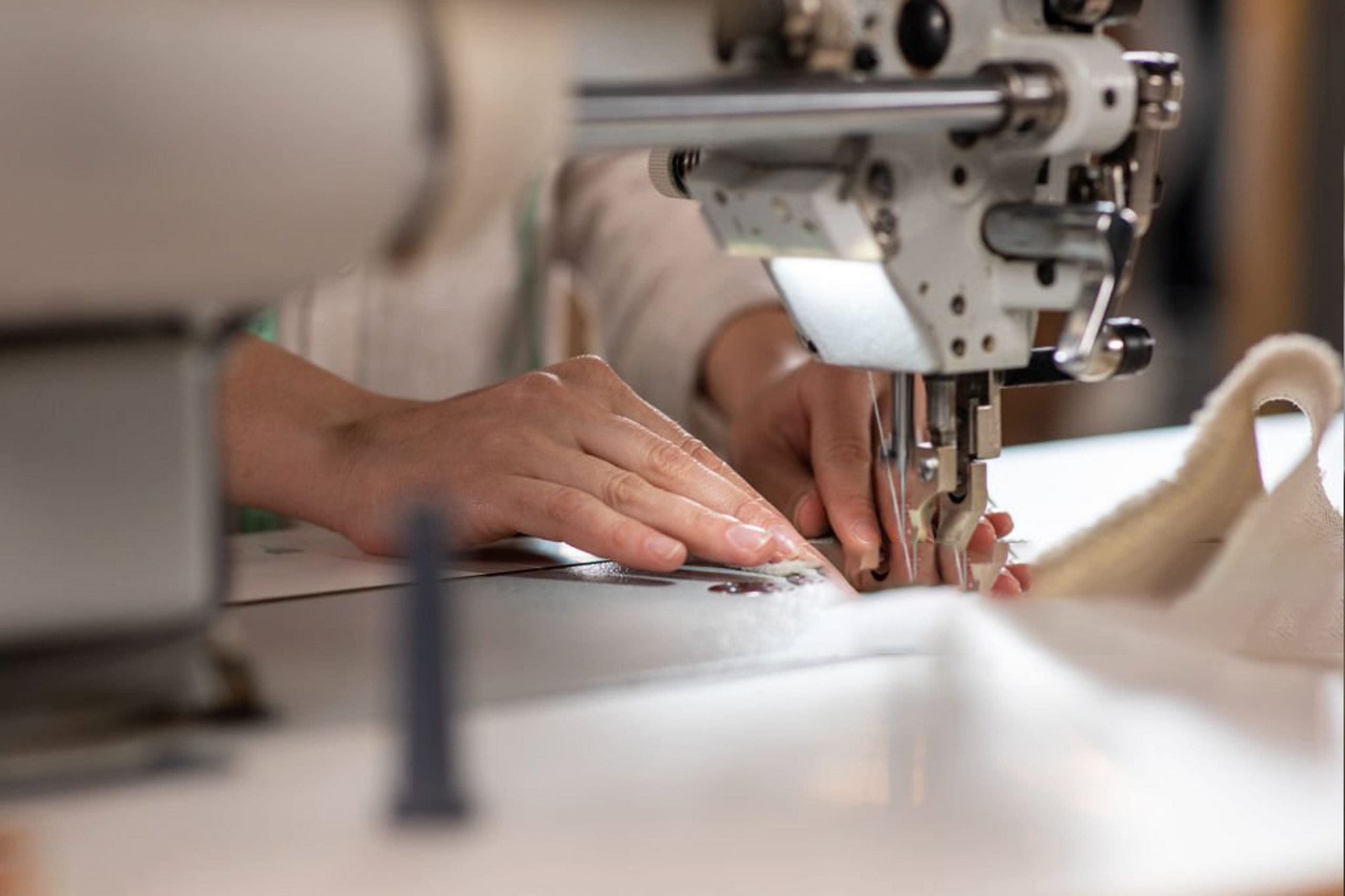In the e-commerce world, one term is significant in the apparel industry in general. Yes, the term Minimum Order Quantity (MOQ) is a technical one, and the definition of MOQ is the description of the smallest number of units per product that customers want to purchase in order to complete a transaction.
This is the demand from the manufacturer or wholesaler that is needed to ensure that the product is sold in large quantities. MOQ has a significant role in maintaining the direct connection between supply and demand. For those involved in manufacturing clothing, understanding the ins and outs of MOQ is crucial to maintaining a smooth clothing line and keeping costs down.
So, let’s explore the world of MOQ and learn about its importance in achieving a perfect balance between efficiency in the supply chain and customer satisfaction.

Understanding the Minimum Order Quantity (MOQ)
MOQ is the minimum amount of order that must be placed; this specialized term has an important role in the definition of the production process, inventory management, and price strategies. The MOQ is the minimum number of units that must be ordered in a single order. For example, if the clothing manufacturer specifies a MOQ of 50 pieces, this implies that you must arrange 50 different styles of results in order to satisfy their demand.
However, comprehending the MOQ is not solely dependent on having a comprehensive understanding of the technical term, but instead involves maximizing the efficiency of the production process and reducing the cost per unit expenditure. Additionally, MOQ directly affects the management of inventory. For clothing companies that maintain adequate inventory is of paramount importance to fulfilling customer demand while minimizing the risk of having too much stock.
Additionally, the strategies for pricing are also contingent on the MOQ thresholds. As a result, clothing manufacturers can easily optimize their operations by maintaining a proportional relationship between efficiency and profitability.
Pros
MOQ has the potential to benefit both retailers and manufacturers in the clothing industry. For retailers, MOQ helps them by minimizing the probability of having too much stock. However, it can also be beneficial as a means of negotiation with the manufacturer or distributor in order to convince them to purchase larger quantities of the product.
While for the manufacturer or wholesaler, the MOQ can facilitate their inefficiencies in managing production costs. This provides a significant opportunity to increase profitability while keeping production costs down. Additionally, MOQ can assist manufacturers in predicting demand for production, this information helps them to better manage their supply needs.
Cons
The minimum order quantity also poses a problem for both retailers and manufacturers in the clothing industry. For retailers, the MOQ limits the variety of products they can sell, which can lead to a lack of diversity in the options available to customers. This can also lead to missed revenue and diminish the uniqueness of the competitive market. Additionally, the higher MOQ causes the retailer to have less ability to respond to customer’s changing fashion desires or popular trends, this can lead to financial trouble if the product doesn’t sell as many as expected.
Conversely, clothing manufacturers or wholesalers may also have to deal with the higher MOQ. Due to the over production, they create more units than the consumer demand, which leads to an excess of inventory and high costs associated with it.
However, having a perfect ratio of production to avoid commitments is crucial to the retailer or clothing manufacturer. There are ciertas methods by which you can reduce these hazards minimally:
You can accomplish this by offering a variety of products with different MOQs, this will assist customers in selecting what is appropriate for them.
Another approach is to work with dropship suppliers or distributors because dropship supplies don’t require a MOQ because they only deal with their store revenue. Similarly, distributors collaborate with multiple companies to transport the goods they are supposed to deliver.
How to caculate the minimum order quantity?
There is no universal formula for calculating MOQ. However, every supplier has a specific volume that is based on their business’ needs and requirements. The greater the number of purchases you make from the supplier, the lower the MOQ will become. Despite not having a formula for the calculation of MOQ, you can improve your decision by understanding the lower portion.
The effect of MOQ on inventory management is discussed.
The effect of having a minimum order quantity on inventory management was apparent to both retailers and manufacturers who produced clothing. Whether you’re dealing with the low, high, or bottom line MOQ, each scenario has a significant impact on inventory management in a crucial way.
Lowest order quantity
When suppliers and manufacturers have a high MOQ, they will typically maintain a large amount of inventory with them. High MOQ is characterized by a large order that results in stocking the extra amount of stock that is not purchased by the customer.
Additionally, larger inventory requirements are also associated with the larger working capital or storage space, which can lead to higher costs of holding and a risk of obsolescence. However, the truth is that they reduce the cost of administration because the product or materials are produced or purchased at a wholesale rate, which results in a savings of various materials and administrative processes.
Lowest order quantity
Conversely, a low MOQ has its own set of issues, as it is less likely to see a lower average order volume. This would lead to higher overall costs because of the reduced scale economies. Retailers or clothing manufacturers must consider the benefits of lower inventory levels with the potential for increased overall economics per unit.
Also, a low MOQ may necessitate frequent purchases and more frequent monitoring. For example, if a custom manufacturer requests that an e-commerce brand purchase 50 units of a particular design. If the brand is in a desperate or growing position, it may not be able to sell all of the 50 units. This would lead to a deadstock situation, which would increase the cost of their holding space.
Bottom Line MOQ
The low MOQ demonstrated the perfect harmony between managing inventory or stockpiling. It provides enough space for the merchant or manufacturer to optimize their inventory by requesting the necessary quantities without overburdening resources. By maintaining this bottom line MOQ, companies can easily regulate the costs of holding products while still ensuring accessibility and customer satisfaction.
Methods of Managing MOQ
To successfully manage the MOQ and its effect on inventory, supply chain, or a significant market position, retailers and manufacturers should employ different strategies to surmount its limitations and increase the revenue of the business. Below is the specific approach to dealing with the MOQ.
Timely Manufacturing
By clearly organizing the production schedule with the anticipated future demand, businesses can reduce the risk of having too much inventory or having to pay too much money for the high cost, and they can also mitigate the stocking of the low MOQ.
Negotiation With Suppliers
Discussions with suppliers are essential to leading a successful company. This can assist the retailer and manufacturer in balancing the cost of efficiency and inventory management.
Predicting demand
Precise demand predictions and planning are crucial to inventory management while avoiding overstocking. Businesses should keep a history of previous sales, market shifts, and demand from customers to predict the future, this would minimize the likelihood of having too much inventory.
Drop shipping
As previously mentioned, working with the dropshipper can be beneficial because of its flexibility in dealing with inventory management without the need to have a MOQ.
Low MOQ Solution: Improved Inventory Management in the Fashion Industry.
Because of the increasing popularity of clothing manufacturing, manufacturers are increasingly looking for the MOQ option, this option provides access to quality production services.
The good news is Guoou Fashion recognizes the pivotal role that MOQ plays in inventory management and business growth. That’s why we offer the lower MOQ of 100 pieces per design, which provides the flexibility and opportunity to make a distinct position in the industry. With our low MOQ solution, we are empowering businesses of all sizes by optimizing their inventory management strategies and reducing upfront costs.
Conclusión
Ultimately, the term “minimum order quantity” (MOQ) is used to describe the minimum number of items a customer must purchase in one order. However, the impact of MOQ on stock management is unquestionable in the fashion business. Whether you’re dealing with the low, high, or bottom-of-the-line MOQ, each of them has a significant role in inventory management and filling up the extra product associated with these. By utilizing strategies like negotiation with vendors and dropping options, the company can effectively gain a significant advantage in the competitive fashion world.




 English
English Deutsch
Deutsch Français
Français Italiano
Italiano Español
Español Русский
Русский Polski
Polski Nederlands
Nederlands Svenska
Svenska

